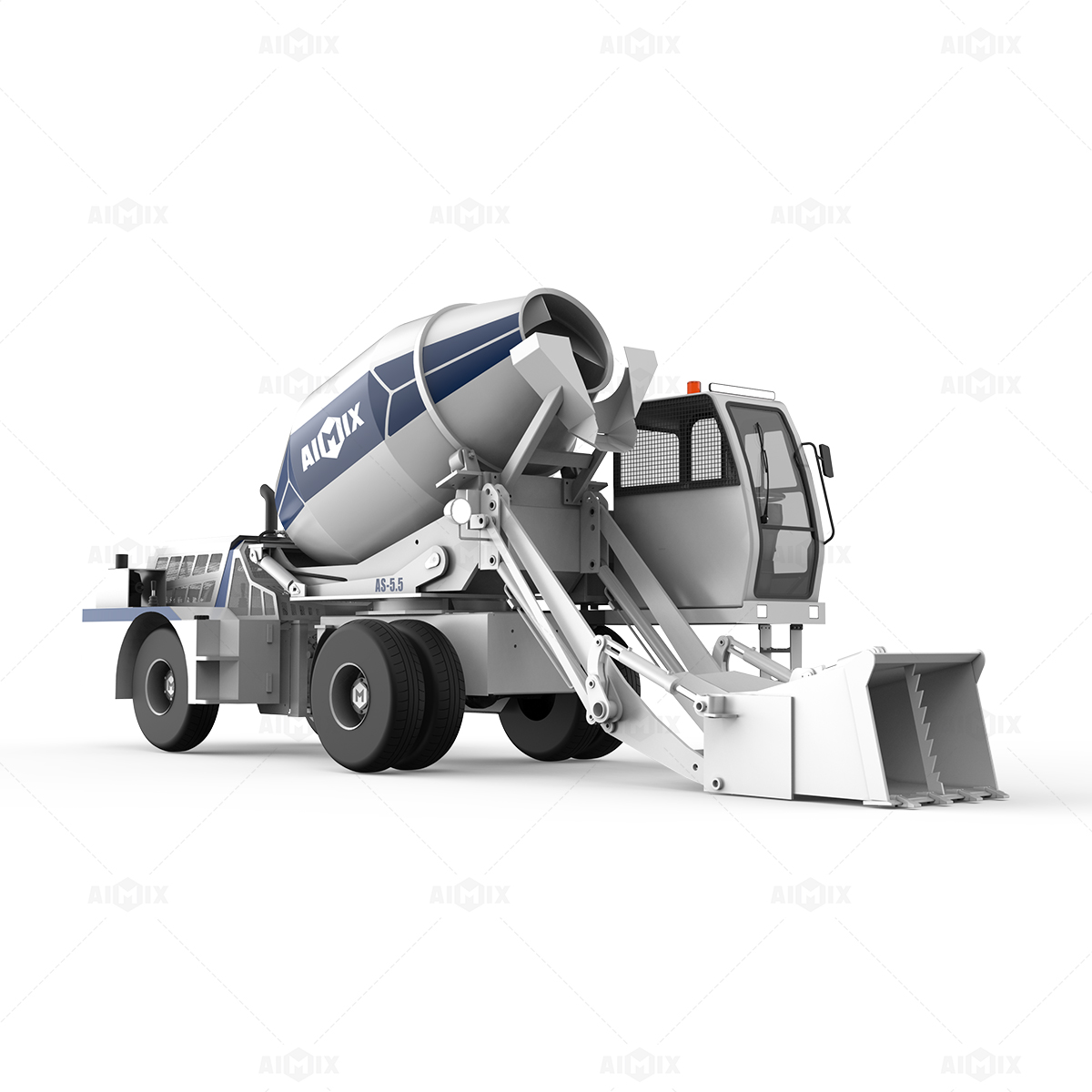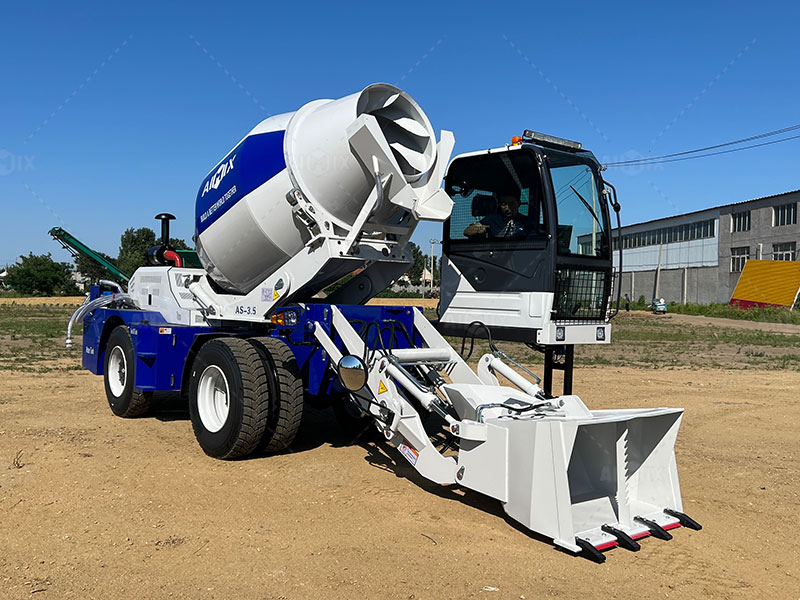
Large to medium-scale construction projects demand efficient, reliable, and high-quality concrete mixing solutions. Selecting the right equipment influences not only the pace of construction but also the structural integrity and overall success of a project. This analysis delves into critical factors such as concrete output, quality assurance, and site constraints, focusing on two primary types of mixing technologies: the AIMIX AS-5.5 Self-Loading Concrete Mixer Truck and conventional stationary or mobile concrete mixers.
Construction sites, especially for mid-to-large scale projects like commercial buildings or infrastructure, require a steady supply of concrete with consistent quality. Concrete output is often measured in cubic meters per hour (m³/h), while quality hinges on uniform mixing ratios and minimal segregation. Site conditions, including space constraints, accessibility, and mobility needs, further guide equipment choice.
The AIMIX AS-5.5 boasts an integrated self-loading system that automates material loading, mixing, and transportation. This truck-mounted mixer offers a drum capacity of 5.5 cubic meters and a maximum output of approximately 20-25 m³ per hour depending on concrete mix and job conditions—30% higher than typical small mobile batch plants.
| Feature | AIMIX AS-5.5 Self-Loading Mixer | Traditional Concrete Mixer |
|---|---|---|
| Mixing Capacity (m³) | 5.5 per batch | 3 - 5.5 per batch |
| Hourly Output (m³/h) | 20-25 | 10-20 |
| Loading Method | Automated self-loading | Manual or mechanical feed |
| Mobility | Highly mobile, truck-mounted | Fixed or semi-mobile |
| Quality Consistency | Advanced mixing technology ensures uniformity | Dependent on operator skill |
With its automated loading system, AIMIX AS-5.5 reduces manual labor and human error, enhancing mix consistency—a critical factor validated by ISO 9001 material quality certifications. Furthermore, its flexibility enables operators to navigate restrictive or congested sites with greater ease.

Traditional mixers, including stationary batch plants and small mobile mixers, offer versatility in mixing capacity, typically ranging from 3 m³ to over 10 m³ per batch. However, these usually depend on separate material loading processes that may involve manual input or complex conveyors, limiting operational agility.
Due to fixed installation or semi-mobile nature, traditional mixers often require substantial space and infrastructure, making them less suitable for dynamically changing sites or projects with tight logistics. Quality control can vary more significantly, especially with high labor dependency.

In a recent highway infrastructure project in Henan Province involving daily concrete requirements exceeding 200 m³, the AIMIX AS-5.5 units delivered production efficiency gains of over 25% compared to previous batch plant setups. The self-loading mixers facilitated quick mobilization between site locations, reducing downtime and improving overall project timelines.
Conversely, a medium-sized commercial building project used traditional stationary mixers due to consistent site conditions and ample space. Despite modest efficiency, the equipment ensured batch volume reliability with centralized quality checks, supporting high-grade concrete mix standards certified under ASTM C94.

Selecting between AIMIX’s self-loading mixer and traditional equipment requires evaluating multiple variables:
In addition, environmental compliance and fuel efficiency are increasingly important, where AIMIX’s advanced diesel engines meet Tier 4 emission standards, enhancing sustainability credentials.
Discover how the AIMIX AS-5.5 Self-Loading Concrete Mixer Truck can revolutionize your construction workflow — Explore Performance-Boosting Concrete Solutions Now
We invite project managers and construction professionals to share their insights or ask questions about concrete mixer selection and operational optimization. Join the conversation below and learn from industry peers!

